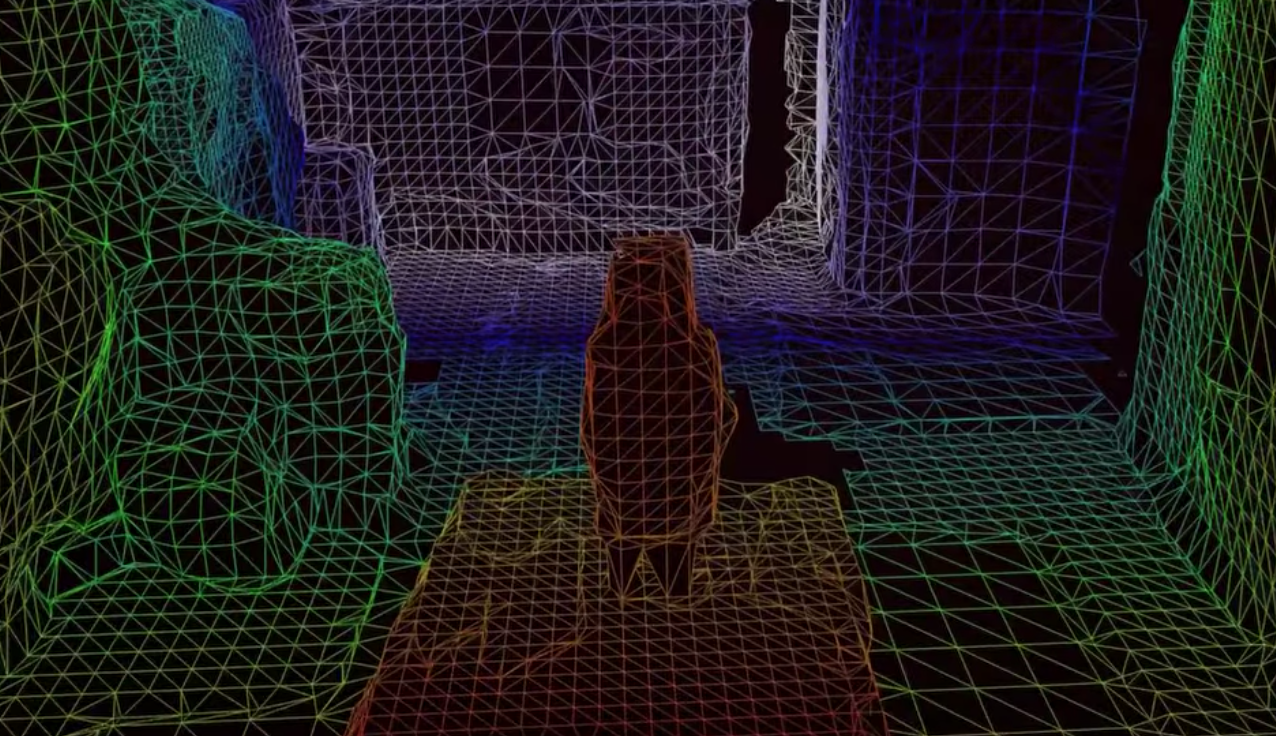The news from Apple two weeks ago was met with some surprise last week when they announced that the newest models of the iPad Pro would contain a lidar sensor that was capable of scanning up to 5 meters away, aimed towards improving AR applications. Since its release, a trickle (and then a flood) of iPad lidar demos have appeared online, as well as some new information.
While not many specs were released by Apple at the time of the announcement, more details have come to light, including the discovery from TechInsights that Sony is the purported manufacturer of the sensor. This could be an interesting development in and of itself, especially considering that Sony has recently entered the autonomous vehicle market.
TechInsights has begun the teardown process of #Apple iPad Pro (Model A2068). Our early findings indicate a 4.18 mm x 4.30 mm (18.0 mm²) #Sony ToF sensor with 0.03 MP resolution & 10 µm pitch pixels within the #LiDAR system. Our analysis continues with in-depth reports to follow.
— TechInsights (@techinsightsinc) March 28, 2020
ViewAR, a company working to develop AR applications designed to work with depth cameras, shared an iPad lidar demo of an indoor scan YouTube as well as a full writeup in their blog about the lidar sensor.
YouTube user Mark Dawson has uploaded a demonstration of the meshing that occurred when he scanned a part of his home using the ARKit.
In a teardown video from iFixit, the infrared lidar is revealed (beginning at timestamp 1:31) and shown to be much less dense than the Face ID scanning grid. However, since the lidar is meant to scan room sized objects, and not tiny face geometry for the purpose of identification, that’s expected.
For those looking to give the scans themselves some scrutiny, SketchFab user Alexi Johansen has shared the results of several indoor scans for download. Everypoint.io (a scanning-as-a-service provider) shared some SketchFab outputs from outdoor tests with trees and a park bench. The quality of these is a little rough, and it is worth wondering if the output could be improved with the addition of more software (similar to the point cloud meshing products that are available for commercial-grade scanners).
Have you used the iPad Pro’s lidar or seen it in the wild yet? Let us know what you think in the comments.






